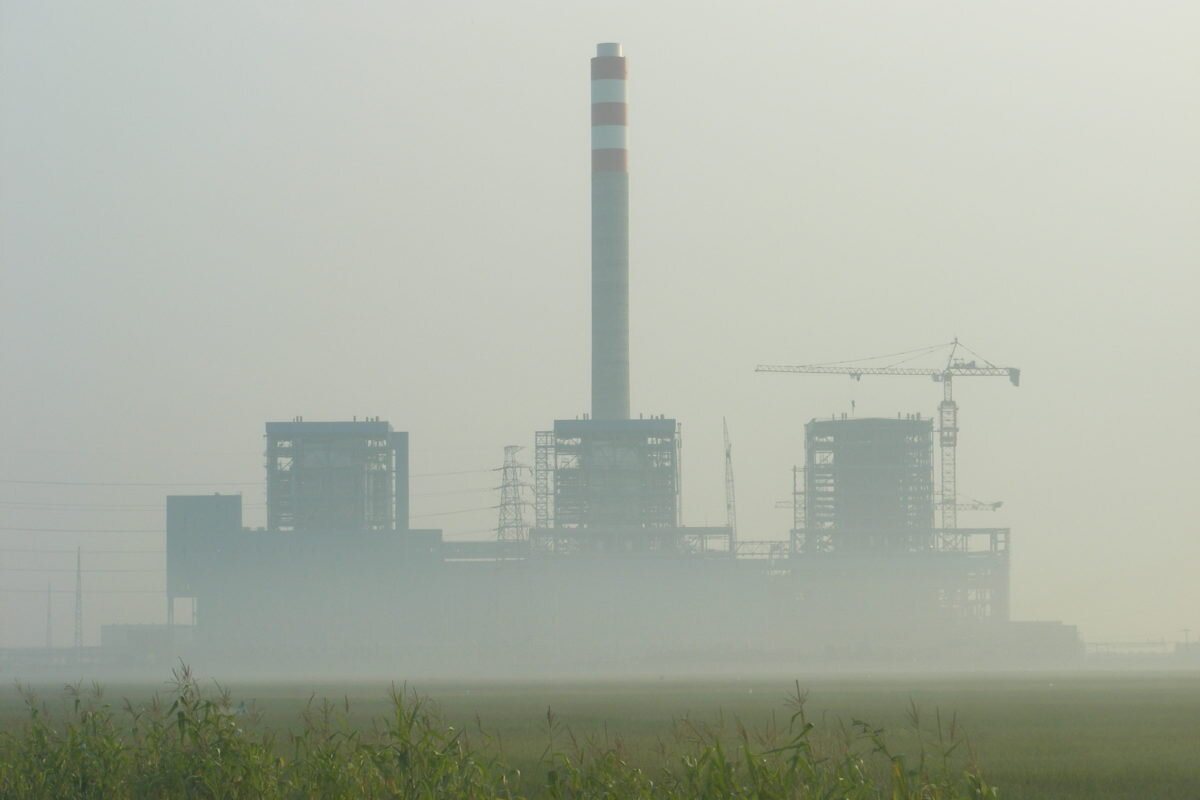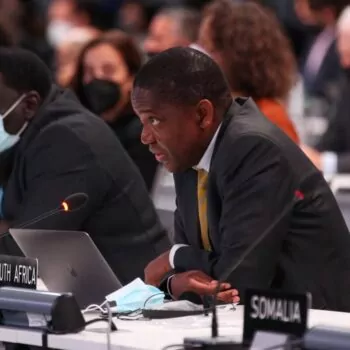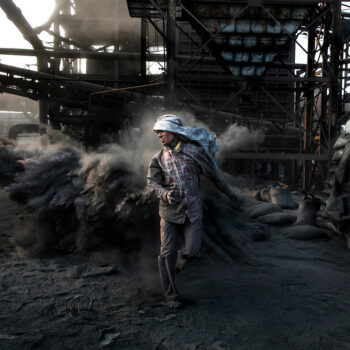Data trends: 🔴 COP26 Progress: 🟠 2022 Momentum: 🔴
COP26 was Prime Minister Kishida’s first international trip and opportunity to present Japan’s initiatives to reach carbon neutrality and lead in decarbonization. Yet, Japan did not receive as much recognition for its climate initiatives as hoped. It committed to additional climate finance, the Global Methane Pledge, the Glasgow Breakthrough on Power, and the call for a global ‘phase down’ of coal in the Glasgow Climate Pact. However, internationally, Japan’s climate credentials are tarnished by an emphasis on the continued use of coal power at home and lingering coal technology exports.
Japan’s coal expansion continues domestically
Under former Prime Minister Suga, Japan made two historic commitments in 2020 and 2021. It committed to carbon neutrality by 2050 and reducing GHG emissions by 46-50% by 2030 compared to 2013 levels. The next challenge is continuing to develop and implement a robust pathway to meet these targets. Japan’s Strategic Energy Policy, finalised in October 2021, is being questioned as to whether it will deliver the mid to long term targets. While it includes an energy mix with a renewables target of 36-38%, coal would still account for 19% in 2030 – high above levels in other developed economies.
Ironically, new coal plants came online during and after COP26, and even new proposals, such as the GENESIS Matsushima project, are being developed. This is in conflict with Japan’s G7 commitment to overwhelmingly decarbonize power systems in the 2030s. However, in parallel, there is growing momentum to transition to clean energy. In March 2021, Kyoto City became the first Japanese member of the Powering Past Coal Alliance (PPCA). Leadership from cities and forward-looking companies remains essential in Japan.
Then Prime Minister Suga, former ministers Kono and Koizumi paved the way for Japan’s energy transition. With these climate champions absent from the new administration; the current Japanese government seems conspicuously quiet about the previous administration’s plans to retire even the least efficient coal plants.
Approaching the end of overseas public finance of coal
2021 saw major commitments on overseas public finance of coal, many of them also endorsed by Japan. The G7 agreement to end government support for unabated international coal power generation by the end of 2021 has been reflected in Japan’s Infrastructure System Export Strategy. The revised OECD arrangement set a strong benchmark, prohibiting public finance for both new projects and life extensions of existing plants. This agreement also strengthens the international definition of unabated coal. With China and South Korea also committed to ending public finance for coal, the three largest public sources for coal finance globally are drying up.
However, the caveat is that Japan has not officially withdrawn from two overseas coal projects in the pipeline; Indramayu in Indonesia and Matarbari 2 in Bangladesh. This runs counter to recent signals on coal transition from these countries. Indonesia signed on to parts of the Global Coal to Clean Power Transition Statement and signalled a phase out of coal by 2040. Meanwhile Bangladesh cancelled 10 coal plants, and media reports suggest additional units could follow. NGOs are requesting Japan to stop funding coal due to issues of overcapacity and the need to transition to renewables.
Rather than financing these two projects out of step with momentum to end new coal construction, Japan can accelerate existing efforts to drive decarbonisation. Support to the Energy Transition Mechanism through the ADB and its AETI climate finance to support renewables and grid infrastructure development could be positive for the global energy transition.
Looking forward to 2022
To sustain the momentum toward more progressive energy and climate policy created during PM Suga’s one year term, the new Kishida administration will need to create its own, credible legacy to earn its place amongst climate leaders. Japan will need to become more open to different visions of decarbonising its energy system. That should include willingness to go beyond current ideas of inefficient coal ‘fadeout’ and co-firing coal with ammonia, towards a full coal phaseout by 2030. Failing to do so would cost Japan and its companies precious time that would be better spent on developing clean energy solutions, domestically and internationally with diplomacy and trade partners.


